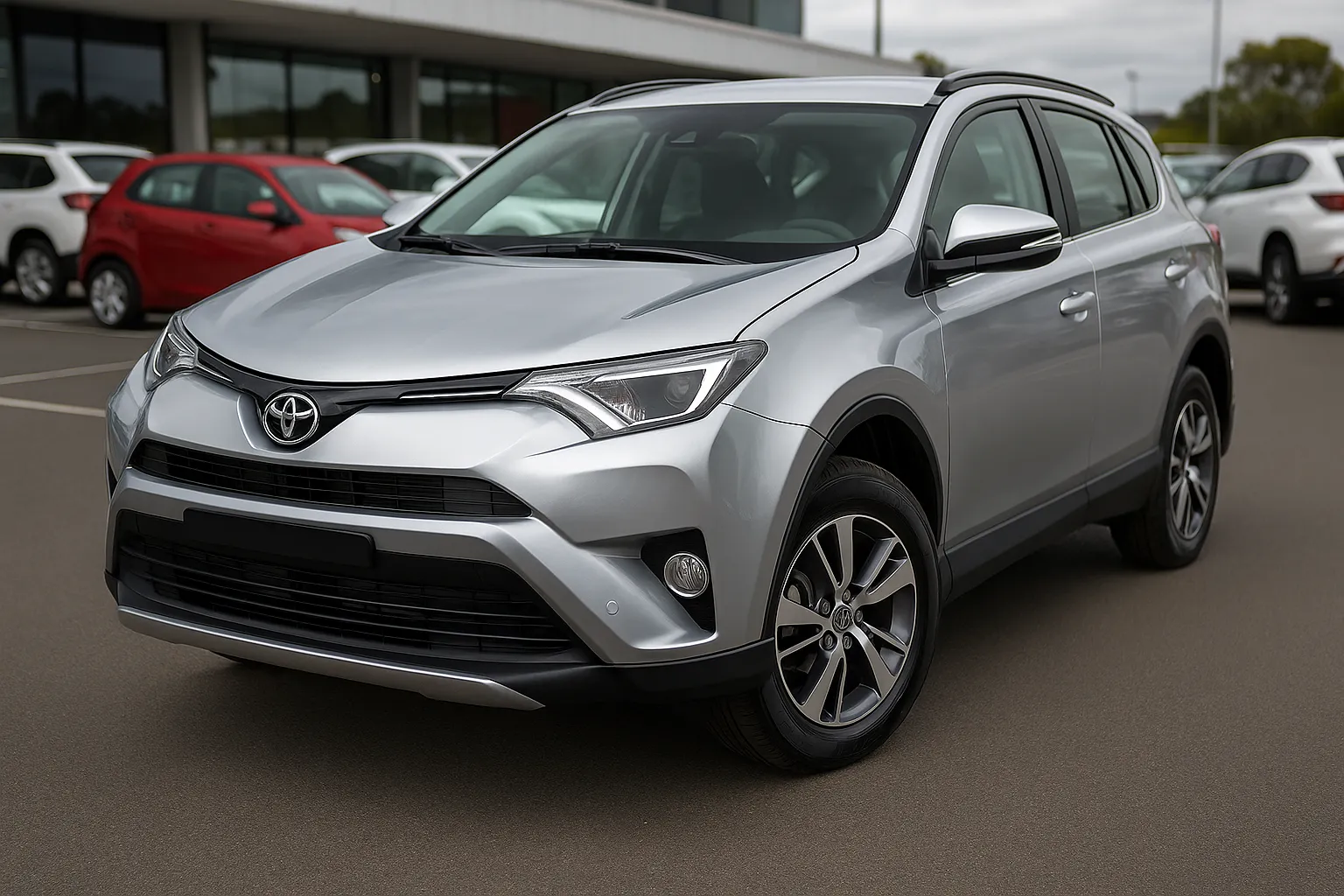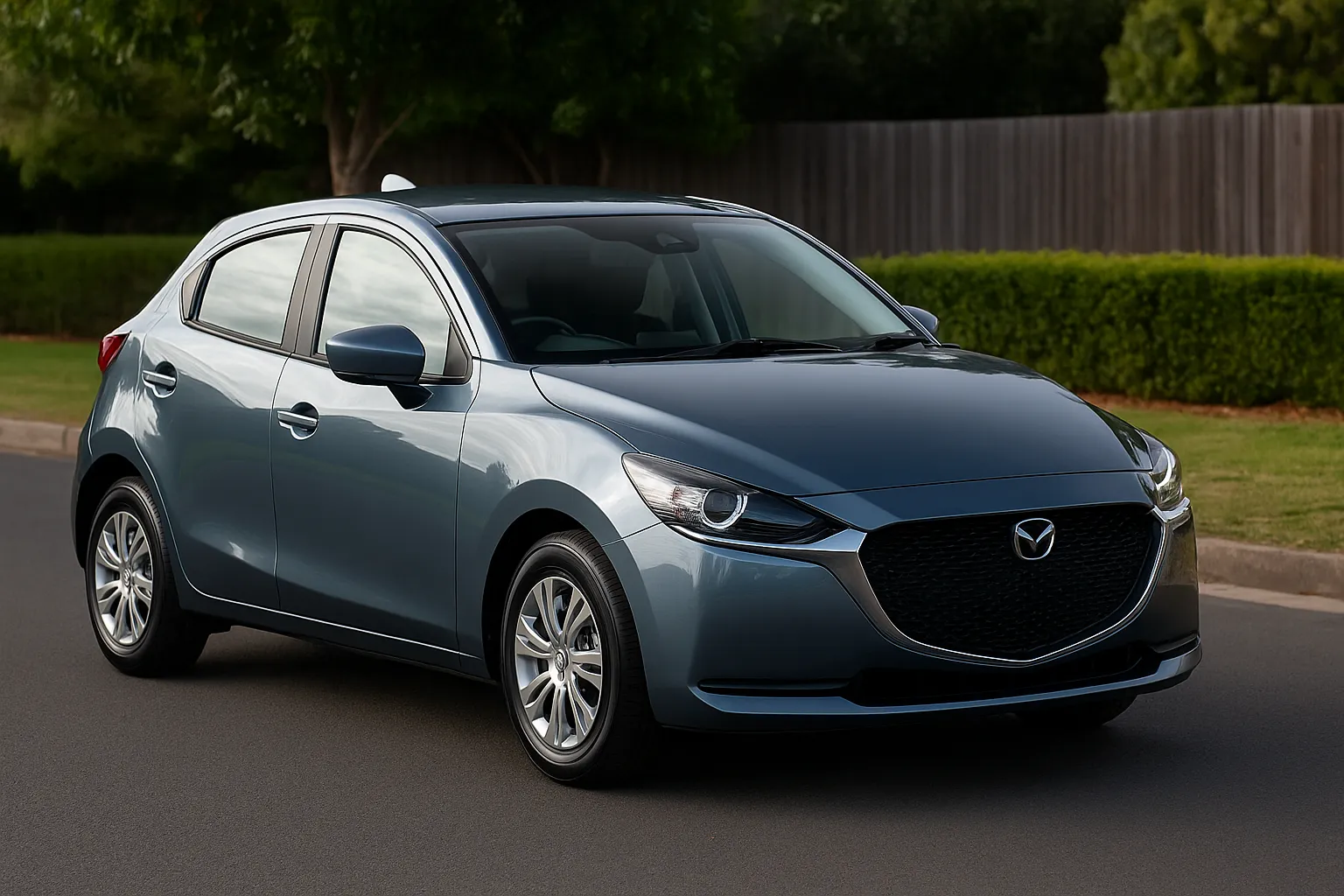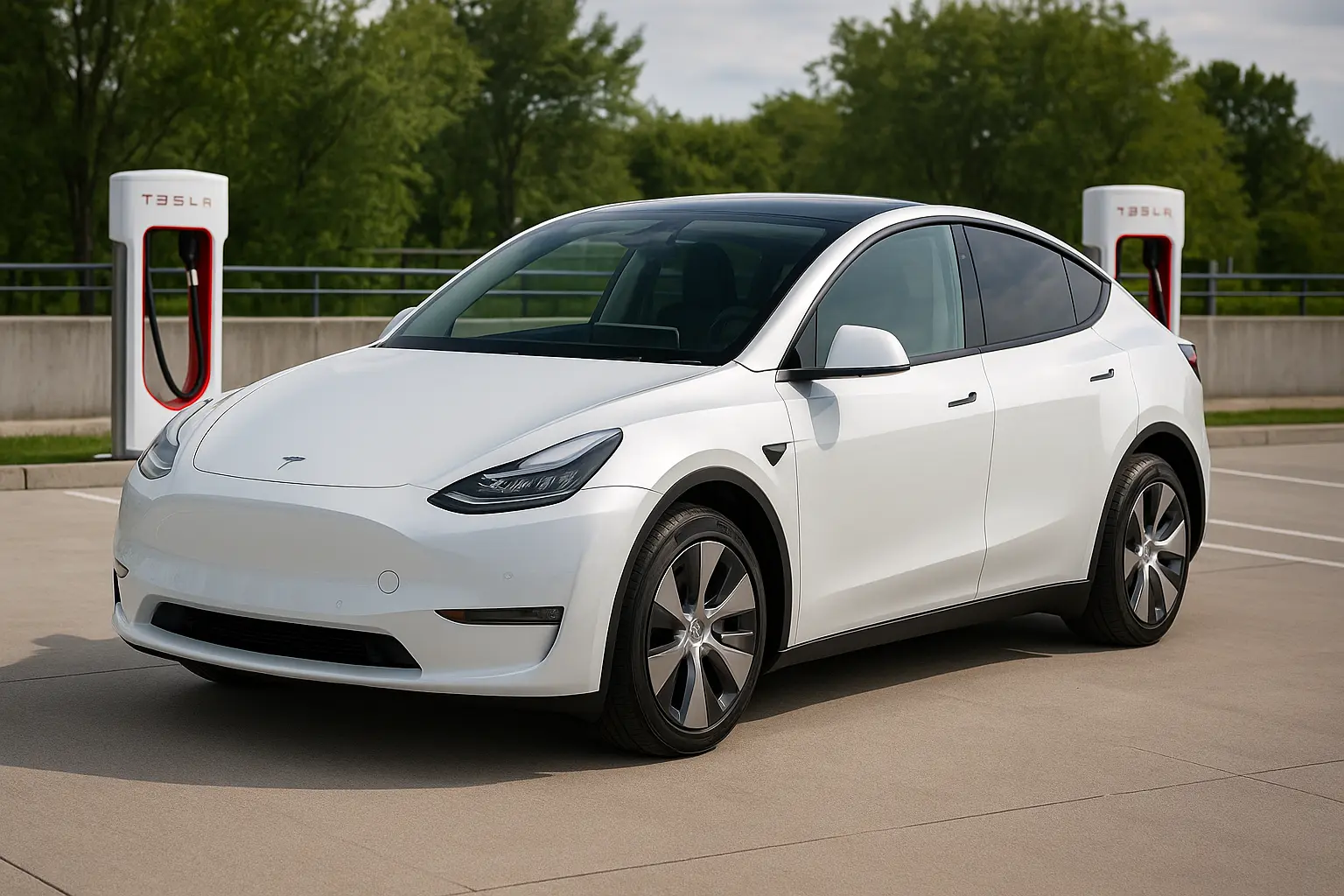Why Your First Car Matters
Your first car is more than just a vehicle—it’s your first real taste of independence. Whether you’re fresh out of school or starting a new job, the car you choose will shape your driving habits, impact your finances, and influence your lifestyle.
In 2025, with a wide range of options, technologies, and budget-friendly models available in Australia, there has never been a better time to be a first-time car buyer. But making the wrong choice can lead to ongoing maintenance headaches and financial regret.
Key Considerations Before You Buy
Before diving into makes and models, think carefully about:
- Your budget: How much can you afford upfront or monthly?
- Primary use: Daily commuting, weekend trips, or occasional errands?
- Running costs: Think beyond the sticker price—fuel, insurance, maintenance.
- Safety: Essential for new drivers—ANCAP ratings, airbags, stability control.
- Ease of use: Is it simple to park, drive, and manage?
- Resale value: Will it still be worth something when you’re ready to upgrade?
Should You Buy New or Used?
Pros of Buying New:
- Latest tech and safety features
- Manufacturer warranty
- Peace of mind (no previous wear and tear)
- Lower interest rates for financing
Pros of Buying Used:
- Lower upfront cost
- More car for your money (higher trim levels)
- Slower depreciation
- Wide market of reliable 3–5-year-old models
2025 Tip: Certified Pre-Owned (CPO) vehicles from dealerships offer a sweet spot—used pricing with added security.
Most Popular First Cars in Australia (2025)
Here's a curated list of the best beginner cars in 2025, based on affordability, safety, and ease of use.
🏆 Top Picks – New Cars
- Mazda 2 – Compact, stylish, fun to drive
- Toyota Yaris – Fuel-efficient, bulletproof reliability
- Kia Picanto – Ultra-budget-friendly, modern tech
- Hyundai i20/i30 – Spacious, well-equipped
- MG3 – One of Australia’s cheapest new cars with warranty
💼 Top Picks – Used Cars (3–5 Years Old)
- Toyota Corolla – Australia’s favorite for good reason
- Mazda 3 – Stylish and reliable with great resale
- Honda Jazz – Compact, clever use of interior space
- Hyundai Accent – Cheap to buy and own
- Ford Fiesta – Zippy and ideal for city driving
Body Type Breakdown: Hatchbacks, Sedans, and Small SUVs
Hatchbacks
Perfect for city driving and parking. Boot space can be tight, but seats fold down for flexibility.
Best hatchbacks: Mazda 2, Suzuki Swift, Toyota Yaris, VW Polo
Sedans
Offer more boot space and better ride comfort. Slightly harder to park for new drivers.
Best sedans: Hyundai Elantra, Toyota Corolla, Honda City
Compact SUVs
Gaining popularity with first-time buyers thanks to elevated driving position and space.
Best compact SUVs: Mazda CX-3, Toyota Yaris Cross, Kia Stonic, Hyundai Venue
Best Safety Features for First-Time Drivers
Safety should be non-negotiable. Look for these must-haves in your first car:
- 5-Star ANCAP Safety Rating
- Autonomous Emergency Braking (AEB)
- Rearview Camera
- Blind Spot Monitoring
- Lane Departure Warning
- Stability & Traction Control
In 2025, even budget-friendly models are offering these features as standard. Always cross-check the safety rating on ANCAP before purchase.
Technology to Look For in 2025
Today’s entry-level cars come packed with tech that improves safety, convenience, and connectivity.
Essential tech features:
- Apple CarPlay / Android Auto
- Bluetooth hands-free
- Touchscreen infotainment
- Cruise control
- USB charging ports
- Digital speedometer (if available)
Optional luxuries (if budget allows):
- Push-button start
- Reverse sensors
- Auto headlights/wipers
- Keyless entry

Budgeting for Your First Car
Think of your car budget in three parts:
- Purchase price – What you’ll pay upfront or finance
- Ongoing costs – Fuel, servicing, insurance, registration
- Emergency fund – For unexpected repairs or parts
Example budget for a used car in 2025:
- $10,000 purchase price
- $1,200/year insurance (P-plates may pay more)
- $1,000/year maintenance
- $800/year rego & CTP
- $1,500/year fuel (for 12,000 km driving)
Running Costs: Fuel, Maintenance, Insurance
Fuel
Petrol cars remain the easiest and cheapest to run. Look for cars with under 6.5L/100km combined fuel economy.
Maintenance
Brands like Toyota, Hyundai, Kia, and Mazda offer capped-price servicing and are known for reliability.
Insurance
Larger engines, turbocharged models, and sports trims = higher premiums. Choose low-risk models and compare quotes before buying.
How to Inspect and Test Drive a Car
Whether buying new or used, a test drive is critical. Here’s what to check:
Exterior:
- Check for scratches, dents, rust
- Look at tyre tread depth and wear
Interior:
- Test all buttons, switches, lights
- Look for tears or stains in seats
Driving Feel:
- Does it accelerate smoothly?
- Is steering responsive?
- Any odd noises?
- Try reversing, turning sharply, braking hard
If buying used, get a mechanical inspection done independently (especially for private sales).
Understanding Car Financing for Beginners
As a first-time buyer, you may need to finance the purchase. Options include:
- Bank or credit union car loan – Lower interest but stricter approval
- Dealer finance – Convenient but potentially higher rates
- Personal loan – Flexibility if you also need cash for insurance/rego
- Novated lease (if employed) – May offer tax benefits
Tip: Always calculate the comparison rate, not just the base interest rate.
Tips for Buying from a Dealership vs Private Seller
| Feature | Dealership | Private Seller |
|---|---|---|
| Warranty | Yes (for used cars too) | Usually none |
| Inspection | Professionally checked | Needs independent check |
| Price | Higher, includes overheads | Negotiable and lower |
| Finance | Available on-site | Not available |
| Paperwork | Handled for you | You must manage it yourself |
Registration, Rego Checks & Transfer of Ownership
- Use the PPSR (Personal Property Securities Register) to check if the car is stolen or under finance
- Confirm registration status with your state’s transport authority
- Transfer ownership within 14 days (varies by state)
- Be aware of stamp duty and CTP transfer
Top Mistakes First-Time Buyers Make
- Not test driving enough cars
- Forgetting to check total cost of ownership
- Focusing only on looks or colour
- Not checking service history (used cars)
- Rushing into finance without comparing
- Skipping an independent inspection
- Buying a car that’s too powerful or large for a beginner
Final Tips to Make a Smart First Purchase
- Research thoroughly before stepping into a dealership
- Stick to a firm budget
- Ask for discounts, freebies (floor mats, rego, tint)
- Keep it simple – avoid high-maintenance cars
- Choose what suits your daily life, not just your dreams
- Don’t buy based on peer pressure – buy for yourself
Conclusion
Choosing your first car in Australia in 2025 doesn’t have to be overwhelming. With reliable budget options, improved safety tech, and accessible financing, new drivers have a wealth of smart options. Whether you’re buying new or used, what matters most is that the car suits your lifestyle, budget, and driving confidence.
Use this guide as your personal checklist and start your car ownership journey the right way. Safe driving!
Leave a comment
Your email address will not be published. Required fields are marked *




